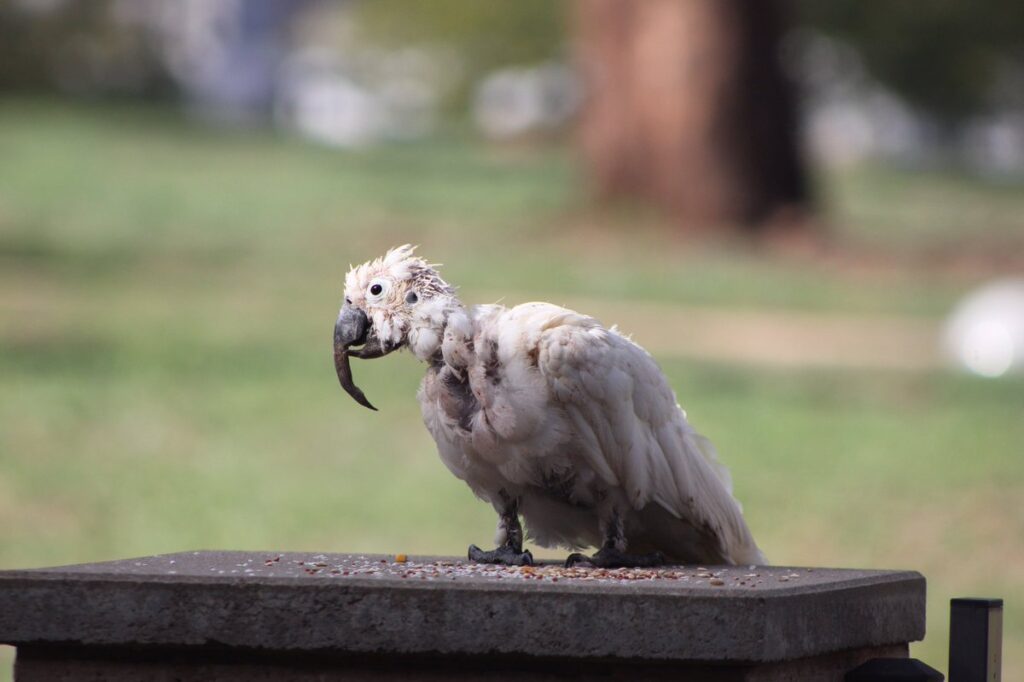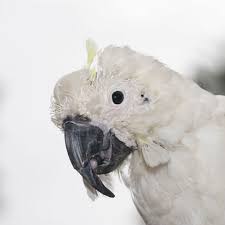

We have recently had a couple of wild birds with psittacine beak and feather disease, or BFDV, presented to us and feel that it’s important to provide some information to concerned members of the public about this highly infectious disease.
At CVC, we’re massive bird-lovers, and it’s incredibly sad to us when we diagnose a wild bird with BFDV, knowing that we have no option but to provide the animal with a humane death in the form of euthanasia.
Facts about Psittacine Beak and Feather Disease (BFDV)
- BFDV is a highly contagious disease, affecting over 50 species of birds, most commonly the parrot-families.
- It is endemic in bird populations and cannot be eradicated, even if a vaccine were to be developed for pet birds.
- The virus is shed in the crop, where it is likely passed on from parents to offspring in crop milk. It is also present in faeces. High concentrations of the shed virus are also found in feather dust, which can be transported easily by people, on clothes, hair, etc.
- Transmission often occurs at feeding stations set up by well-meaning members of the public.
- The virus causes immune suppression, similar to that seen in humans with the AIDS virus, and birds in the wild become progressively weaker and vulnerable to predation. The disease affects feathers and organs, and also characteristically causes deformity of the beak, which means the bird is soon unable to feed and would die of starvation.
- There is no prognosis for recovery, regardless of any treatment, and euthanasia is the only option for wild birds, as they cannot be set free to possibly infect countless other wild and even pet birds.
- BFDV is listed as a key threatening process under the Environment Protection and Biodiversity Conservation Act 1999, and we are bound to euthanase infected wild birds that are brought to us. Wildlife care organizations like WIRES are also unable to accept or provide care for infected birds. Their aim is to help wild birds to recover to full health so that they can survive, unaided, in the wild. This is sadly not possible with BFDV.
What To Do If You Suspect a Wild Bird Has BFDV


If you observe a wild bird that you suspect may have BFDV or appears to be in poor health in any respect, please contact us so that we can advise you. If at all possible, the bird should be brought in, to avoid endangering other wild and pet birds, possibly even your own. Careful disinfecting protocols need to be observed, which we will advise you on, including transporting the bird in either a cardboard carrier or a plastic one. Any wooden items are porous and cannot be effectively disinfected.
Hard as it is, we are privileged to be able to act in the best interests of wild patients brought to us, through intervention with humane euthanasia, to prevent a painful and drawn-out suffering.
